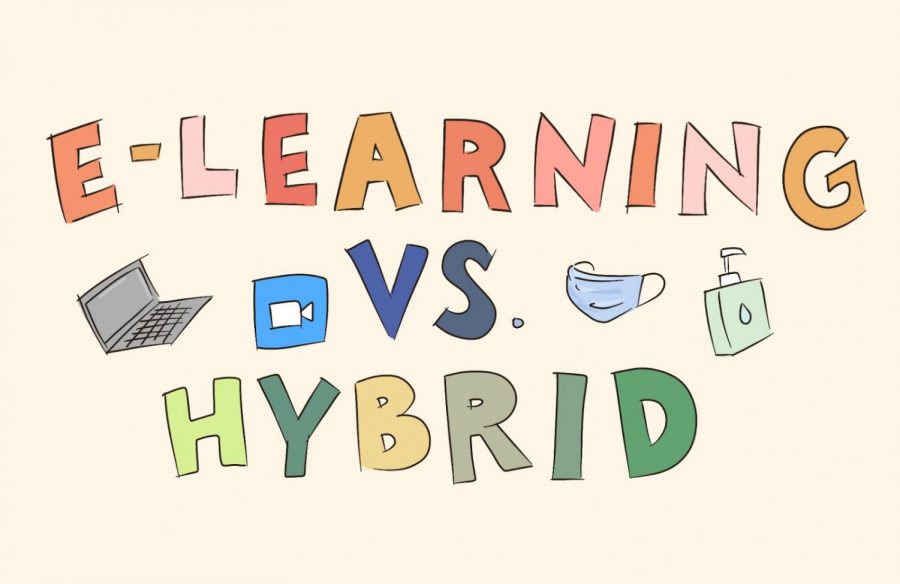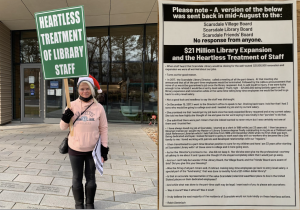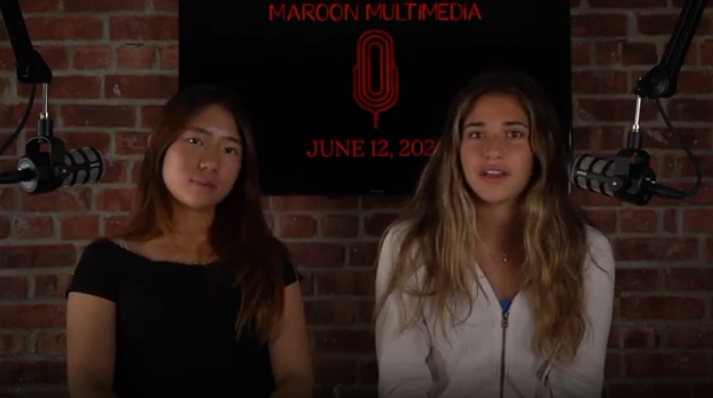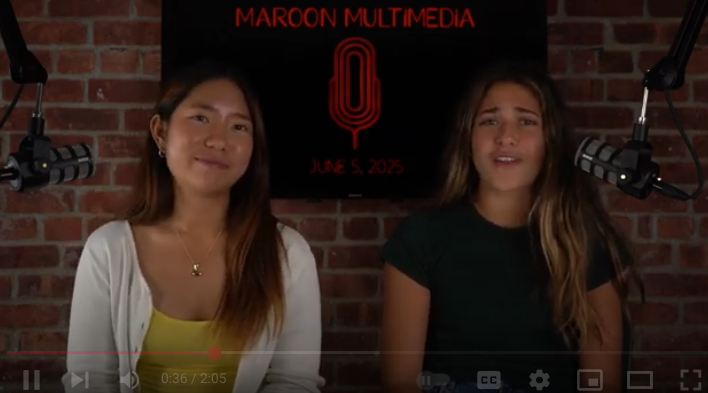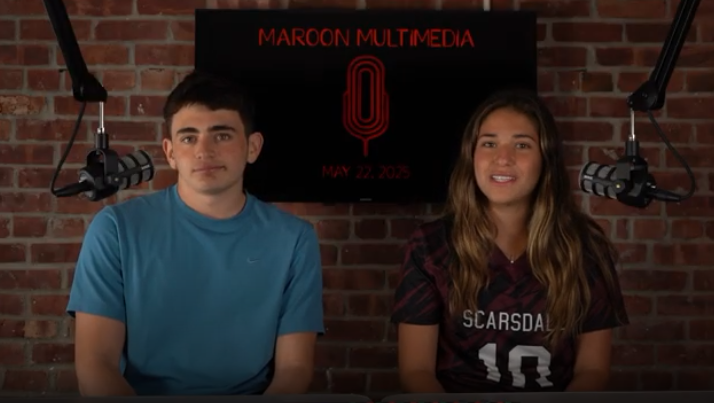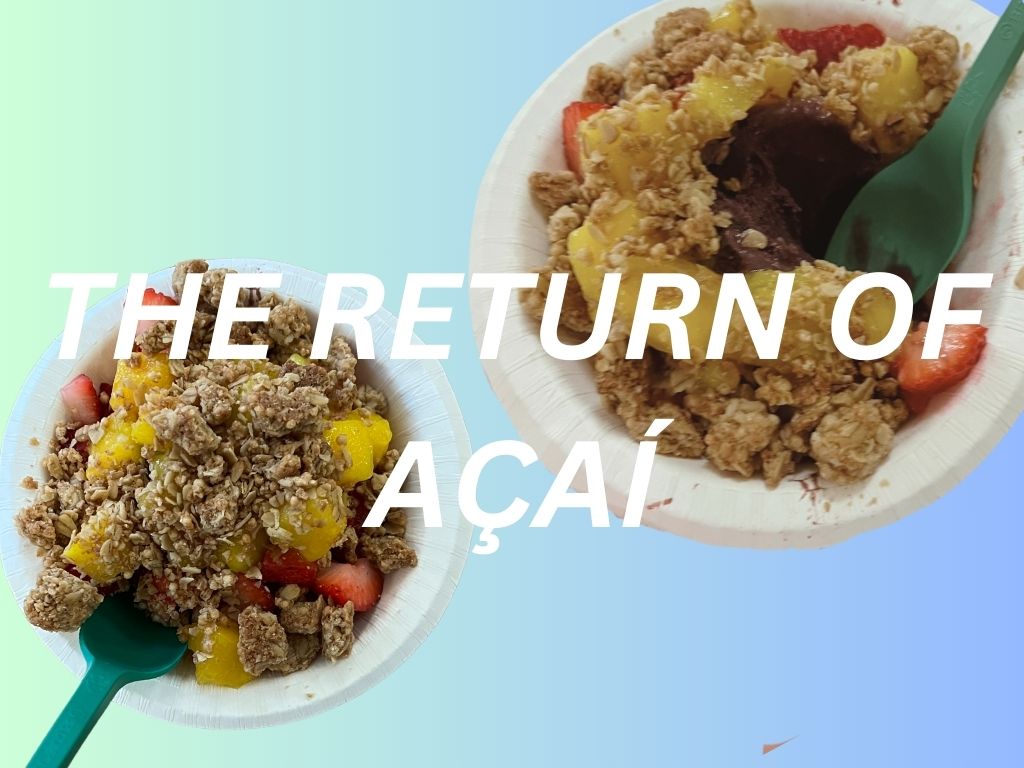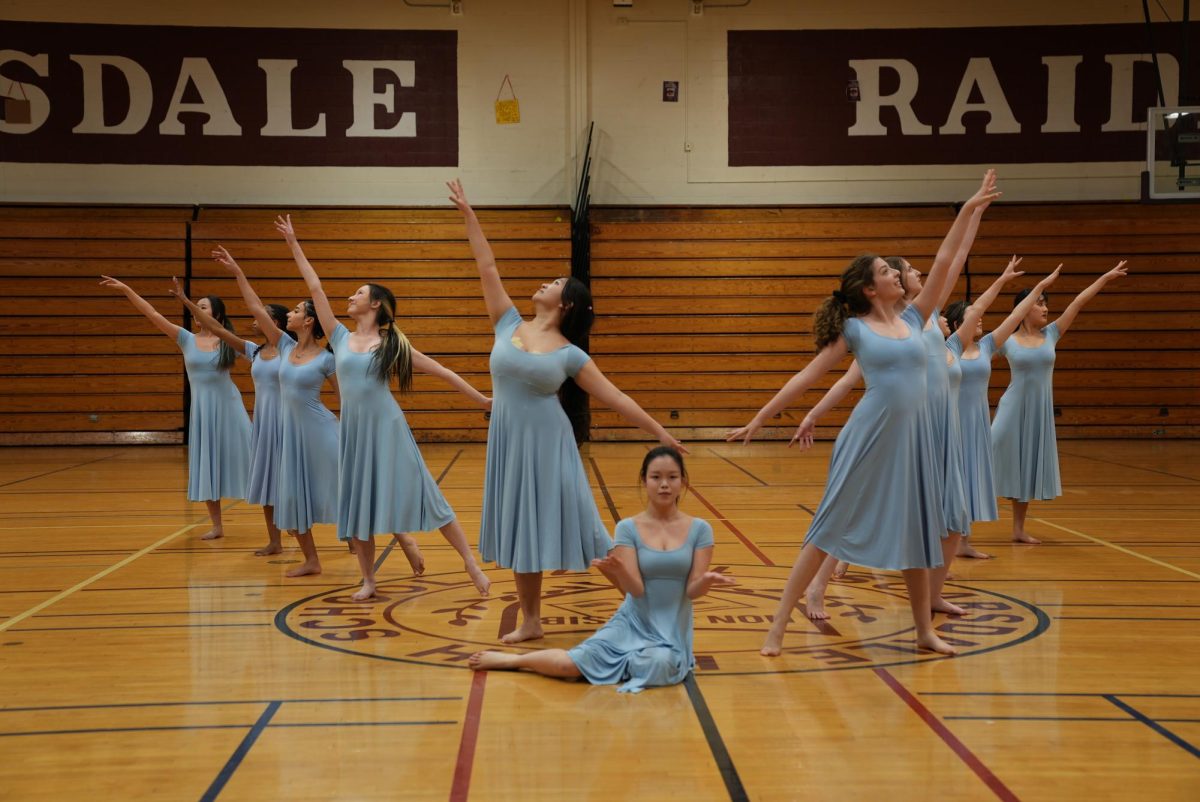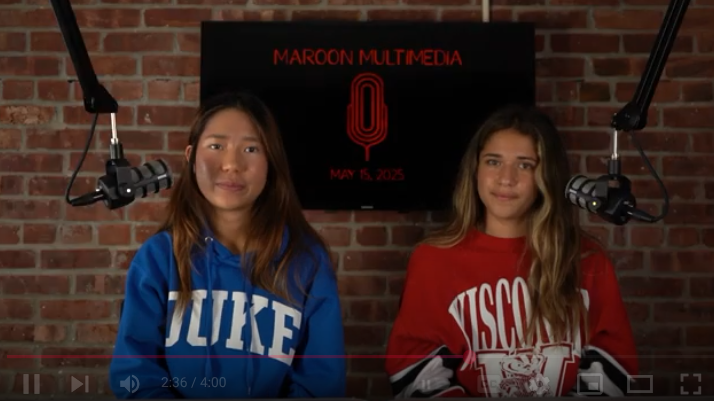To Go or Not to Go (to School): Teachers Edition
Teachers express their opinions on the merits and demerits of hybrid learning.
September 8, 2020
In early August, Scarsdale High School released an email about potential plans for school reopening. They announced two options: hybrid learning, which is a combination of both remote and in-person learning; and fully-remote learning, a refined version of the e-learning system SHS adopted in the wake of stay-at-home policies in March 2020.
Many students and parents have already voiced their opinions on the administration’s proposals. However, many teachers’ opinions have gone unheard. Like students, teachers are heavily impacted by school re-opening decisions. Teachers often see hundreds of students per week. And, as older populations are generally at higher risk for serious health concerns after contracting COVID-19, they have reason to be concerned.
COVID-19 has undoubtedly caused unforeseeable changes to aspects of every person’s lives. Many teachers who had no previous experience with e-learning were forced to adapt their lesson plans to online platforms. The abrupt change made the first few months of online learning difficult for teachers who had mainly taught in person for the majority of their careers.
However, many teachers have gained experience from the initial switch to online learning and have been rigorously working to refine those plans for the upcoming school year. “[…] I have been working all summer with colleagues rethinking and reimagining what my courses will look like, and how I will spend the time I have with them, whether in person or remotely. […] I am actually quite excited to implement the new approaches I have learned this summer and get student feedback,” said SHS Social Studies teacher Nicola Minchillo.
SHS’s hybrid learning model suggests in-person teaching for 2 days each week, for approximately 3 hours each day. In hybrid learning, teachers will not be allowed to circumvent the room, and students will not feasibly be able to participate in group activities or interact with their peers.
Even with these limitations, in-person learning presents the chance for teachers to meet with their new students for the school year. “People want the connectivity between teachers and students to exist, and I agree with them. It’s almost impossible for me to imagine teaching students remotely that I’ve never met in person,” remarked SHS Social Studies teacher Christopher Paulison.
And while hybrid learning may have its merits, social-distancing restraints can seriously limit a teacher’s lesson plan options. Group work and interactions between students are prohibited, so teachers who model their lessons after a more interactive approach may need to revise their teaching strategies. “Most of my lessons are predicated on group work where students are mostly doing the work with each other and I’m guiding. […] But when it’s only 50 minutes a week, I can’t move around the room, and I can’t put students in groups, I can’t do the sorts of dynamic instruction that Scarsdale teachers often pride themselves on,” said Paulison. This restriction of interactivity may seriously hinder the effectiveness of in-person teaching and diminish the connectivity that hybrid learning aims to achieve.
In addition, it can be hard for teachers to lecture students in front of a classroom for hours each day, especially through masks and face shields. Such protective equipment could also diminish the audibility of a teacher’s voice. Since many of the most protective masks can feel hard to talk and breathe through, this may force teachers to compromise their safety for comfort and quality of sound.
Regarding concerns over contracting the coronavirus while in the school building, teachers are split in their opinions. “I am optimistic that students will adhere to distancing and mask-wearing policies. I think our students are sensitive and reflective young people who understand the importance of respecting guidelines during these trying times,” says SHS Science teacher Jennifer Wagner.
However, many teachers also acknowledge that social distancing and mask-wearing policies may be hard to follow. “I think the pandemic has highlighted the best and the worst of the human condition. We are both empathetic and self-interested. We have the capacity for both foresightedness and shortsightedness, as well as the capacity to make sacrifices and give in to our impulses. I think the constant necessity to be our best selves at all times in a high stakes environment will try everyone’s mindfulness, patience and will power.” explained Minchillo. Paulison added, “if we all look at mask-wearing as a community responsibility to make sure we can be in school, play sports, and ultimately not lock down again, I think you’re going to get a lot of buy-in from teachers and students. Our students, in high school especially, are capable of understanding that idea.”
There are also many concerns about teachers who are high-risk returning to school. “While I am comfortable coming back in person, teachers with medical conditions or those who care for the elderly or children are more concerned about contracting COVID. Coming back to school clearly has risks in terms of contracting the virus and district plans to give out equipment and testing are unclear,” explained Wagner. And while some teachers are granted medical leave, others have been denied that option. These teachers who are denied paid medical leave are forced to either teach at school despite the risks or find an alternative, which takes away their salary benefits.
While there are still many uncertainties going into the school year, teachers are ready to make the most out of whatever comes our way. It is impossible to come up with a safe, effective solution that everyone agrees on, but our community still needs to work together to achieve the best outcomes. “It is about identifying what we as a community value, and what we are willing to temporarily compromise on in order to maintain those values” explained Minchillo.

